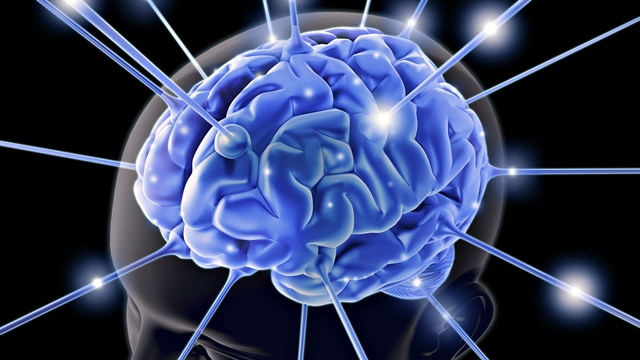24 May 2018. Electrical stimulation of an area in the brain that releases the hormone dopamine is shown to increase sensitivity to insulin, opening a potential new pathway for treating type 2 diabetes. A team from Academic Medical Center in Amsterdam and Yale University report on their findings in yesterday’s issue of the journal Science Translational Medicine.
Researchers led by endocrinologist Mireille Serlie at Academic Medical Center discovered that a patient treated with deep-brain stimulation for obsessive-compulsive disorder, who was also obese and with type 2 diabetes, also showed better regulation of blood glucose levels following his treatments. In deep brain stimulation, electrodes are surgically implanted in certain areas of the brain to regulate abnormal impulses, with mild electrical signals sent from a controller usually implanted under the skin in the chest. Deep brain stimulation is used to treat neurological disorders such as Parkinson’s disease and epilepsy.
With diabetes, however, evidence of neurostimulation affecting diabetes so far is restricted to a few studies with lab animals. Diabetes is a chronic disorder where the pancreas does not create enough insulin to process the sugar glucose to flow into the blood stream and cells for energy in the body. In type 2 diabetes, which accounts for at least 90 percent of all diabetes cases, the pancreas produces some but not enough insulin, or the body cannot process insulin. According to the International Diabetes Federation, diabetes affects an estimated 425 million people worldwide.
In this study, Serlie and colleagues reported on the one individual with type 2 diabetes, and also 14 other people with obsessive-compulsive disorder but not with diabetes, who agreed to receive deep brain stimulation. In all of these individuals, the team stimulated a region of the brain called the nucleus accumbens, located in the front and bottom of the brain. The nucleus accumbens is the brain’s reward and pleasure center, and a part of the ventral striatum which produces dopamine, a neurotransmitter chemical. Dopamine is associated with more than rewards and pleasure, most notably addiction, but also as highlighted by the authors, regulating energy levels in the body.
All 15 of the participants received deep brain stimulation and were asked to monitor their blood glucose concentrations. The results show following deep brain stimulation all participants increased their sensitivity to insulin, and for the individual diabetes, reduced his need for insulin. In parallel tests with lab mice, the team used laser beams to activate genes providing instructions to neurons in the nucleus accumbens for regulating glucose tolerance and insulin sensitivity. After injections of additional glucose, laser-activated genes were able to stimulate the neurons to lower blood glucose levels in the mice.
The researchers also recruited 10 healthy volunteers who agreed to chemically reduce their dopamine production, by inhibiting production of precursor enzymes in the body. Tests of insulin sensitivity among these 10 volunteers show reduced insulin sensitivity when dopamine is depleted.
While acknowledging the small samples and unique group of patients, the authors conclude that deep brain stimulation offers a promising new method for addressing type 2 diabetes, which is becoming an increasing public health problem.
More from Science & Enterprise:
- Trial Testing Radio Waves to Clear Nasal Blockages
- Trial Testing Nerve Stimulation for Stroke Rehab
- FDA Authorizes Interoperable Glucose Monitoring System
- Nerve Stimulation Device Being Tested for Arthritis
- Personal Brain Stimulation Shown to Boost Memory
* * *


 RSS - Posts
RSS - Posts
You must be logged in to post a comment.